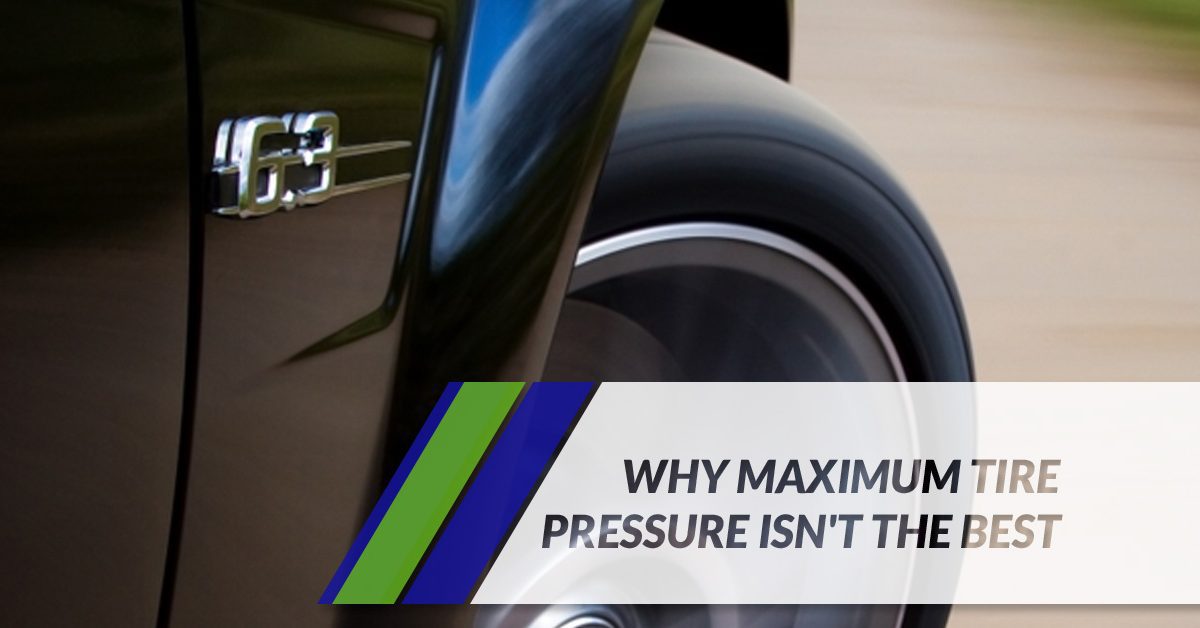
The debate about tire pressure has gone on for a long time, and chances are good it won’t end anytime soon. Some people think you should fill your tires to the maximum pounds per square inch (PSI) printed on their sidewalls. Others say you should fill it to the lowest recommended PSI, and others try to find a happy medium. Everyone is trying to find the tire pressure that will give a smooth ride and keep the tires from wearing down too quickly.
In today’s blog, we are going to discuss why putting your tires at the maximum recommended PSI isn’t the best idea. Read on!
Let’s talk maximum PSI
In general, car tires have maximum PSIs of 30 and 35. You can find these numbers on the sidewalls of your tires, usually below the manufacturer’s name. This number refers to the maximum cold pressure required for each tire to carry its max load. When we say cold pressure, we’re referring to filling your tires when they’re cold. This is the best time to fill tires, generally in the morning or after a few hours sitting in the shade.
When you inflate your tires to their max PSI, this is what happens:
- Your tire’s life goes down
- Tires that are inflated too much round out right at the top. As you drive, the centers of the tire will wear out quickly. Additionally, because not as much of your tire is making contact with the road, your traction isn’t as good. Lastly, the high pressure increases your risk for a blowout, the quickest end to your tire’s life possible.
- Your car will handle differently
- Max-inflated tires don’t have as much give in their sidewalls. While this means your car may corner more crisply, it can affect your braking threshold, leading to your back end sliding out in a tight corner.
Now that we’ve discussed the disadvantages of over-inflating your tires, we have to ask: is there a perfect tire pressure?
Let’s talk optimum PSI
You want your tires to make full contact with the asphalt while also being full enough that your car handles well. If your tire pressure is too low, your car will struggle with bad fuel economy, poor handling, and premature tire wear from flexing and overloading. The optimum tire pressure for your vehicle isn’t actually on the tires; you’ll find it on a sticker on the door jamb, or in the owner’s manual. If you can’t find the PSI in those locations, check the trunk lid and fuel door.
Keeping your tires at a pressure where they’ll have the optimum lifespan is easiest when you check it frequently. We recommend you check your tire pressure every time you get gas, every 30 days, or every 10-degree change in temperature.
At Metric Motors, we offer world-class car services in Loveland, including tire inspection and rotation. Your tires are where the rubber literally meets the road, and they are absolutely crucial to your safety. Make an appointment with our auto mechanic team today!





